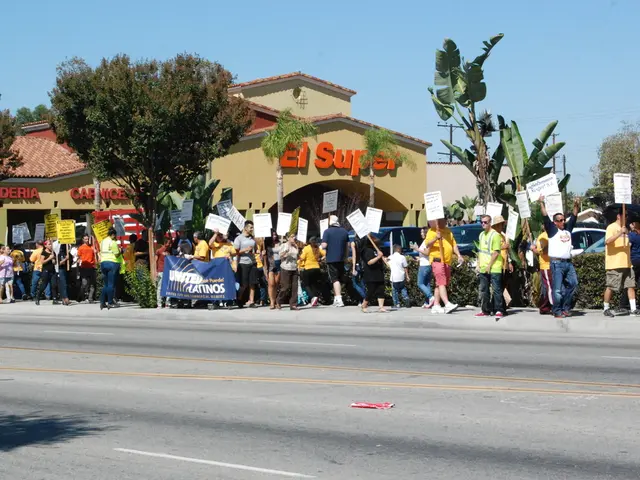Educating On Trump's Policies
In the tumultuous 2016 U.S. presidential election, Donald Trump's campaign made history, with the business mogul clinching the victory. The strategic approach of the Trump campaign, particularly in terms of tailored messaging, appropriation of right-wing aesthetics, and making politics relatable, has left a lasting impact on political communication in Western democracies.
Arun Chaudhary, former video producer of the Obama campaign and the White House, analyzed the Trump campaign and its unique tactics. One of the key strategies was microtargeting tailored messages. By leveraging sophisticated digital data analytics and microtargeting, the Trump campaign delivered highly customized messages to different voter segments, boosting turnout especially among key Republican groups by addressing specific local and demographic concerns directly.
Trump's active and provocative use of Twitter turned the platform itself into a campaign tool and news driver. By frequently retweeting ordinary users, he created a sense of direct dialogue and populist engagement, contrasting with the more controlled messaging of his opponents.
The Trump campaign also framed opponents and political narratives visually and rhetorically. Trump's rhetoric was often stark, populist, and nationalist, sharply contrasting with opponents by framing them as elites or threats. This helped paint his political narrative in vivid, relatable terms for many voters who felt disconnected from traditional politics.
Making politics relatable and tangible through everyday issues was another key strategy. The campaign's messaging often focused on concrete, everyday concerns—jobs, trade, crime—which were framed in accessible ways that resonated directly with voters’ lived experiences.
These tactics underscore a shift from traditional top-down, disciplined messaging to a more bottom-up, emotionally charged, and digitally amplified style of campaigning. Democratic parties should take note and explain in their campaigns how politics tangibly changes and eases people’s lives, instead of relying on abstract messages or crude populism.
Kamala Harris' campaign, for instance, tried to establish a new agenda for the working population with the "opportunity economy." However, Harris, like the entire government, was associated with a time of crisis. Towards the end of the campaign, Harris increasingly focused her campaign on an abstract polarization, while Trump's team placed everyday scenes at the center of some spots.
The strategic lessons from the Trump campaign include the importance of adapting political communication to modern media ecosystems and voter segmentation. These tactics have already influenced political campaigns in Western democracies and are likely to continue shaping the political landscape in the future.
References:
[1] Cook, T., & Korn, D. (2018). American War Story: Reflections on the 2016 Election. St. Martin's Press.
[2] Singer, P. (2018). Like War: The Weaponization of Social Media. Eamon Dolan/Houghton Mifflin Harcourt.
[3] Stroud, J. (2017). The Unwinding: An Inner History of the New America. Random House.




